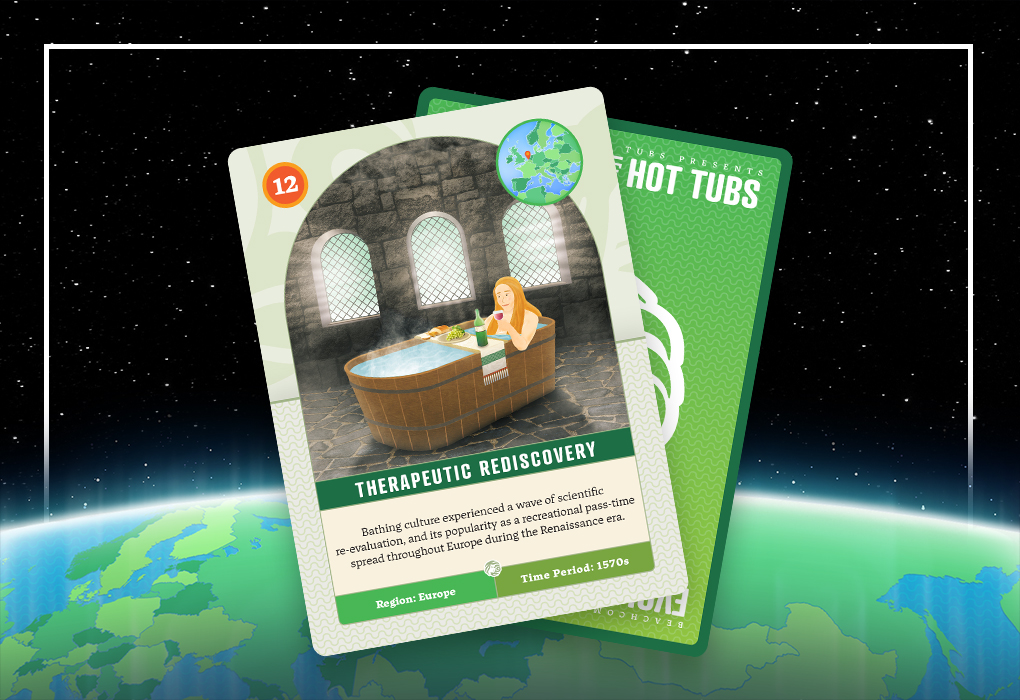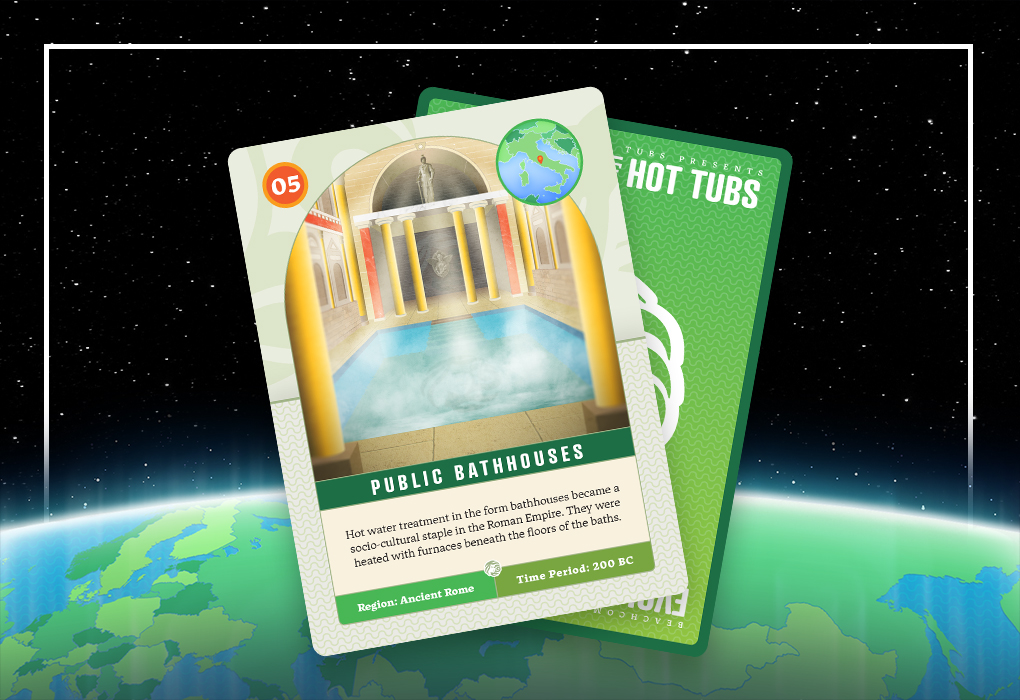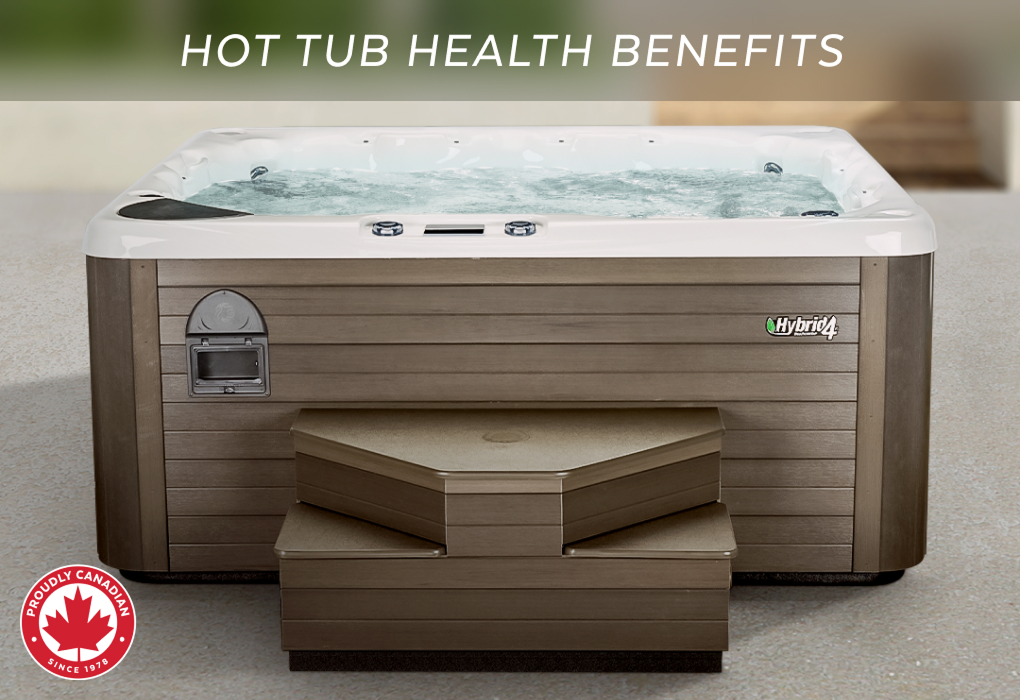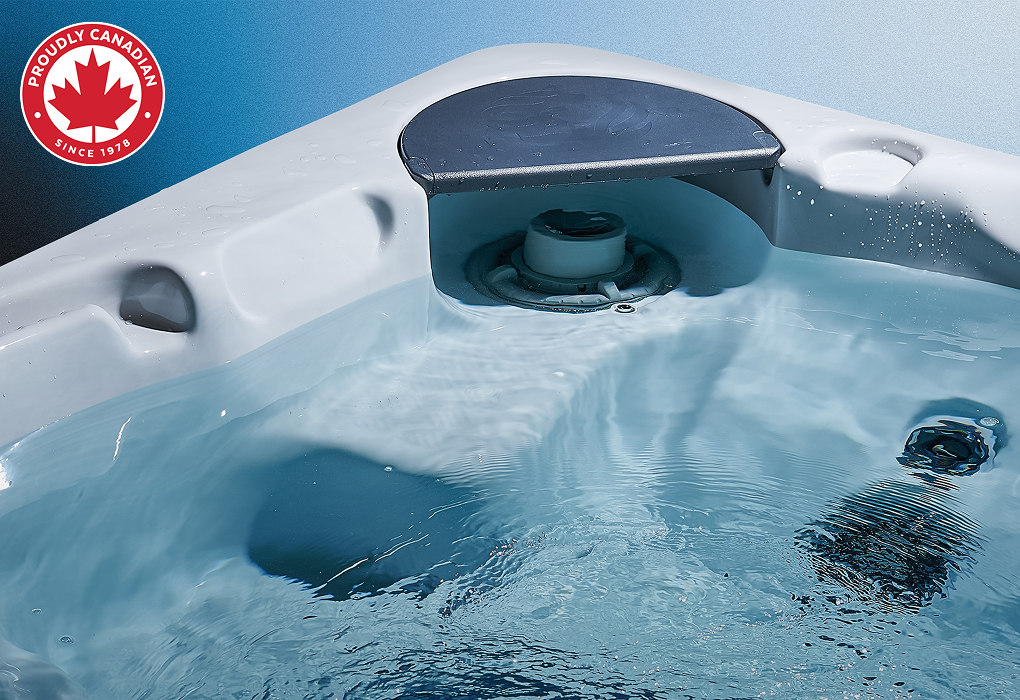Despite popularity throughout China, Japan, and Turkey between 600 and 800 A.D., the demand for public bathing declined in many places throughout the world after the 6th century. We know this was impacted heavily by the church’s views, and it was the 16th century before a lot of the negative beliefs around bathing dissolved.
The History
The belief that public bathhouses were a place of disease grew throughout the centuries. From syphilis to the plague, people believed these illnesses were carried and spread throughout the water in the baths. Because of this, many of the bathhouses throughout Europe, and other locations conquered by the Roman Empire, fell into disrepair.
Other factors contributed to this as well:
-
Shortage of Firewood
In the 1500’s, Europe experienced a shortage of firewood that impacted on the cost of running bathhouses. Given the poverty already being experienced by so many people, spending money on bathhouses was bottom of the priority list.
-
Safety
For those who were popular due to politics and religion, the public nature of bathhouses meant that there was little safety or protection. This meant that those with any standing in society, and often with the money to afford the bathhouses, stopped using them.
However, in the 1500’s, bathing became more medicinal than social. Much like Hippocrates, and often due to his research, medical practitioners began prescribing bathing in thermal springs to heal and aid their patients. Many doctors began to explore the affect that different minerals had on the body of the bather. A lot of research was conducted into the properties of water throughout thermal springs, and publications began to emerge. Some of these outlined findings from previous centuries while others contained the results of research carried out during the 16th century.
The Benefits
Depending on the mineral content of the water, different benefits were noted. Some of the thermal springs were said to heal 78 different ailments and illnesses, while others were much more specific. We know from previous centuries that different minerals have different benefits to the body:
-
Sodium
When you bathe in a thermal spring that is rich in sodium, it helps with the maintenance of your body’s fluids. We know from Hippocrates that having internal balance is vital for optimal health, and therefore, he prescribed warm water bathing in springs as part of his regime. The sodium content also helps ease joint pain and improves nerve and muscle functions.
-
Lithium
For centuries, users of hot springs believed a soak would improve both their physical and mental health. The boost in mood results from lithium being present in the springs and can leave people feeling rejuvenated and happier.
-
Silica
Those suffering with stiff joints or arthritis can find relief in a thermal spring because of the silica content. Silica is needed to absorb minerals into the bones, which can help prevent osteoporosis.
It was during the 16th century that more and more research went into this. With the growth in popularity within Italy again, the bathing culture began to spread across Europe for the second time. A lot of the older spas from previous centuries began to be rediscovered in the latter half of the century, and their purposes were determined by the research and findings. In places like France, the social aspect of hot water spas was removed at this point, and people took their bathing quite seriously. It was part of their routine of balanced diets and drinking ‘cures’. Other parts of the continent still offered leisure activities in the evenings, but for the most part, the focus was on healing.
Be the first to receive updates on our Evolution of Hot Tubs by downloading our infographic and signing up to our newsletter!











